You may think that nature will help you decide how your landscaping is going to be. Obvious, right? Unfortunately, this is not true in all cases. The landscape design today is very much a man-made phenomenon. And believe this: there is nothing natural about weeds growing in between rows of plants and trees; they are more harmful than ‘naturally’ useful. The tips and tricks that are mentioned below will increase the value of your home and make living in it a pleasant one.
1. Location, Location, Location
The very first step to landscaping is to determine the best location for your favorite plants, shrubs and trees. Many people think that they don’t have enough room for a full-pledged garden, with flowers, fruit and vegetable plants. Those who choose to grow vegetables think of tucking them away out of sight in the corner of a backyard. Actually, with a little thought or professional landscaping service, you can achieve a lot of things in a garden. You will be able to accommodate most types of plants that you can think of. Just make sure that the garden plants get enough sunlight/shade as required. And make sure that they are well-watered, either through the sprinkler system or watering them manually on a regular basis.
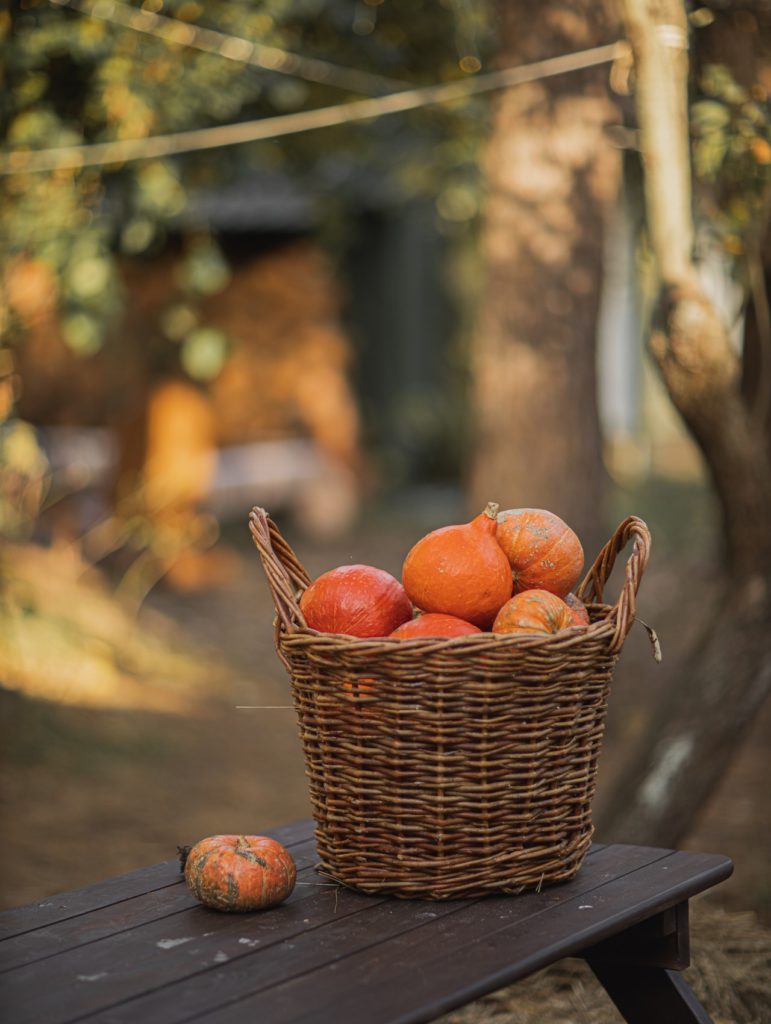
For growing vegetables, find the sunniest spot. You might need a space that gets a minimum of 6 hours of sun per day. Adequate drainage will help the garden flourish. Humidity and moisture may set a stage for diseases, rot and mold, especially in delicate plants. Placing flower beds on asphalt can create dry and wet spots throughout. If possible place them away from concrete and asphalt. The accessibility to various areas of the garden is an important consideration. You want the landscape design such that most plants are easily accessible, vegetables and fruits are easy to harvest and watering by hand is possible.
2. Growing The Local Variety
It takes time to create a well-designed front or backyard. This time can be reduced significantly if you chose plant varieties that are local to the region. For example, growing cactus in a desert landscape rather than the ones that consume a lot of water will not only save the garden in the long run but time and money as well. Again, it takes a lot of patience and consistency to create a garden of your dreams. Once created, let the garden speak to itself. Change it as little as possible over the course of the years. Once a local variety of plant is chosen, it can become full and abundant with good care and little effort.
Planting times for local plants may vary from region to region. Most plants are ideally suited for the summer season. If the weather is generally cold, you will have to start the seeds indoors. In warmer climates, you can directly plant or sow the seeds outdoors. A local grower may help you select the plants that are in season. For instance, according to Sarasota Landscaping, when a certain plant is on sale, that is the appropriate time to plant them in your garden.

3. Weed Out the Weeds
It may sometimes be hard to let go of what you think as a natural garden. The weeds growing here and there in wide spaces between vegetation may look original, but they should never come up in an intensively grown garden. The goal of landscaping is to make the plants and flowers flourish in the garden and leave no opportunity for the weeds to grow. This means you may need professional help in making a mark on the garden, and deciding which plants are worth the keep. The whole point of having a garden is to make the area around the house look appealing. Ideally, you won’t have many problems if your garden is void of weed.
Weeds also cause problems with the soil. As we know, the key to a successful garden is good soil. Without good soil, plants will not grow even in the presence of enough sunlight and water. And in order to have a nutrient-rich soil, weeds need to be absolutely removed. Removing weeds will also provide optimum growing conditions with little resources. Additionally, weeds create an unbalanced garden, and you will find yourself having to deal with a number of pest and disease issues. The symptoms will be obvious.
4. Creative Use Of Space
Another trick to increase the appeal of your garden is to design it with creative use of space. If the space is restricted, you will have to break up the entire space into smaller areas. One of the advantages of having it professionally designed is finding space for certain vegetation where you can’t possibly imagine there would be room for growing them. When there is creativity, your garden will have space for anything and most things. Landscape designers, sometimes, even go the length of creating rooftop gardens.

Additionally, you will need a proper watering and drainage system when growing in a small rooftop space, which means requiring the expertise of a professional. Again, there are various ways to utilize space and container gardening is also one of them. Having many plants in as few areas as possible will help you keep track of their growth and make it easier to water. Planning where to plant in a given space is an important step to landscape designing.
5. Other Considerations
While most landscaping design involves taking care of the weeds, some gardens need special care where insects and animals pests should be dealt with. Most animals can be kept at bay by using fencing surrounding the garden or lining the bottom of the fence with wire mesh. Fallen fruits and vegetables can attract rodents and similar pests, so they must be removed in a timely manner as well. Many rodents can chew their way through roof openings or climb over trees to get to the roof. For this and safety reasons, trees need to be trimmed every season. Insects and birds that are harmful for the vegetation can be kept away with the use of organic pesticides. While rural and suburban gardens can live through some pests, a garden in an urban setting can be eaten overnight if left unprotected.
The presence of insects like ants and bugs is a clear indication that the garden is under stress. When you are in the garden, you will notice that the insects and bugs multiply very quickly. Within a week, the plants and shrubs appear to be infested. The leaves start to wither or change color as well. Pests have the ability to slowly eat up the garden without prior signs. The reason for pest infestation can be one or many. Poor soil will produce weak plants that make them prone to diseases. Watering too much or too little can lead to soil compaction and thus create an environment for pests to thrive. Pests such as ants are a result of rotting vegetables or fruits in the garden. These pests can only be eliminated by fully understanding what type of pest is ailing the plant.
By giving a close inspection, you will be able to differentiate between the infected areas and the healthy ones. Once the pest type is determined, look for ways to eliminate them naturally, such as spraying water, pepper solution or transferring the plants to a greenhouse.




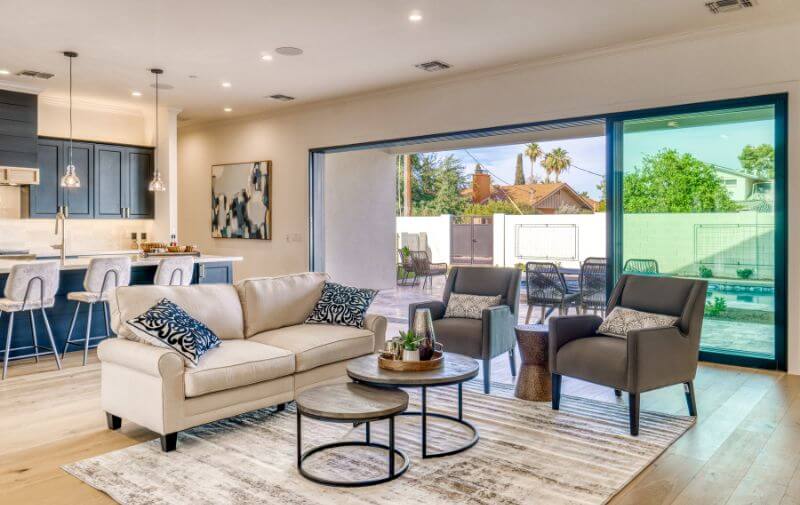
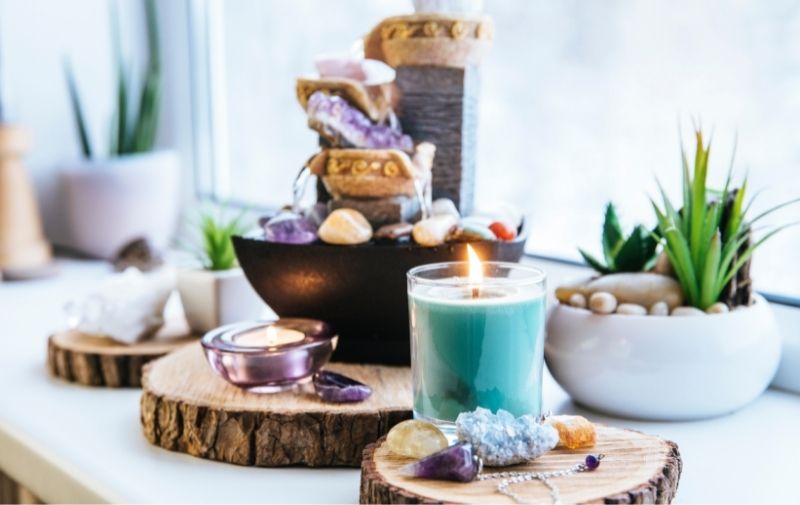

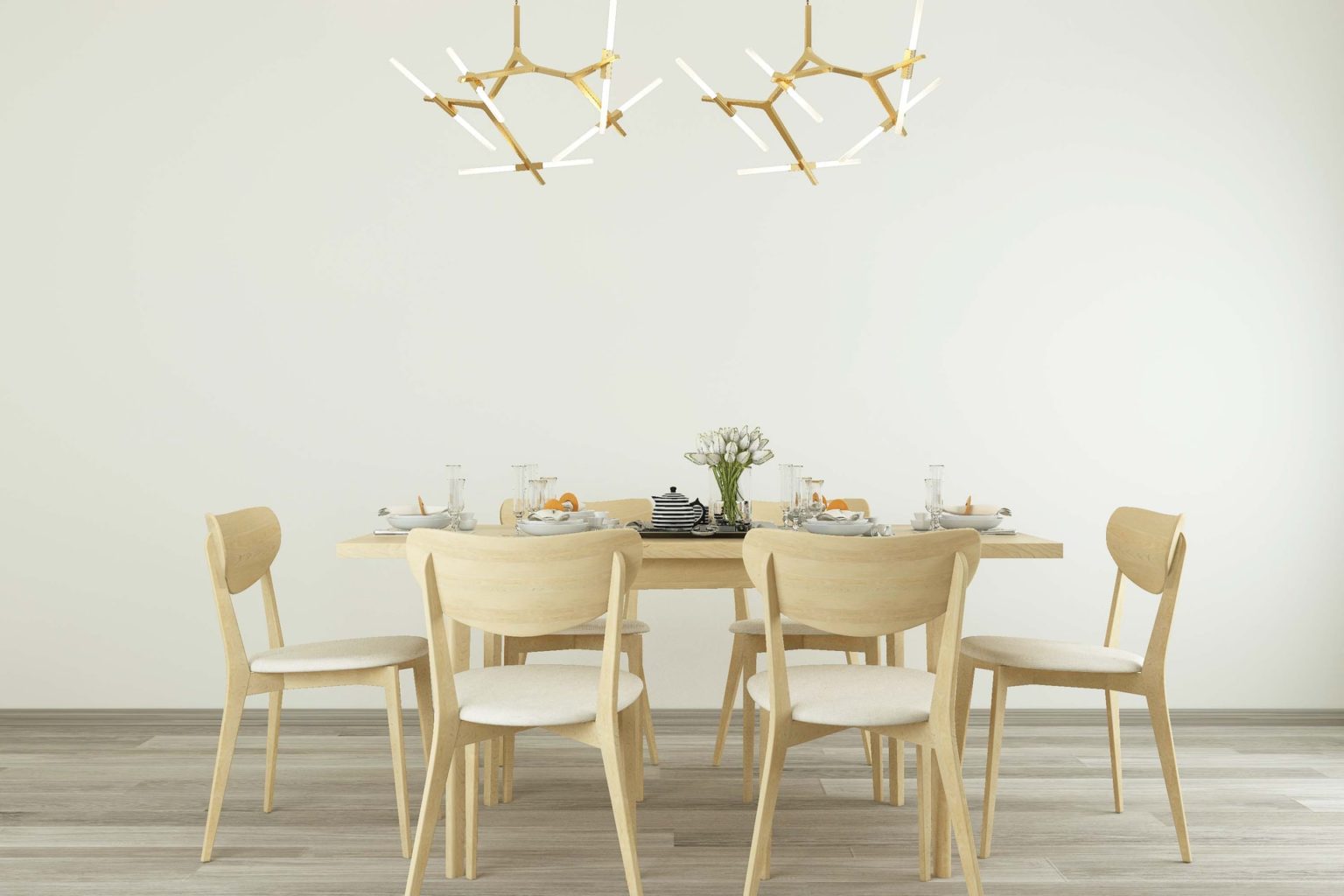
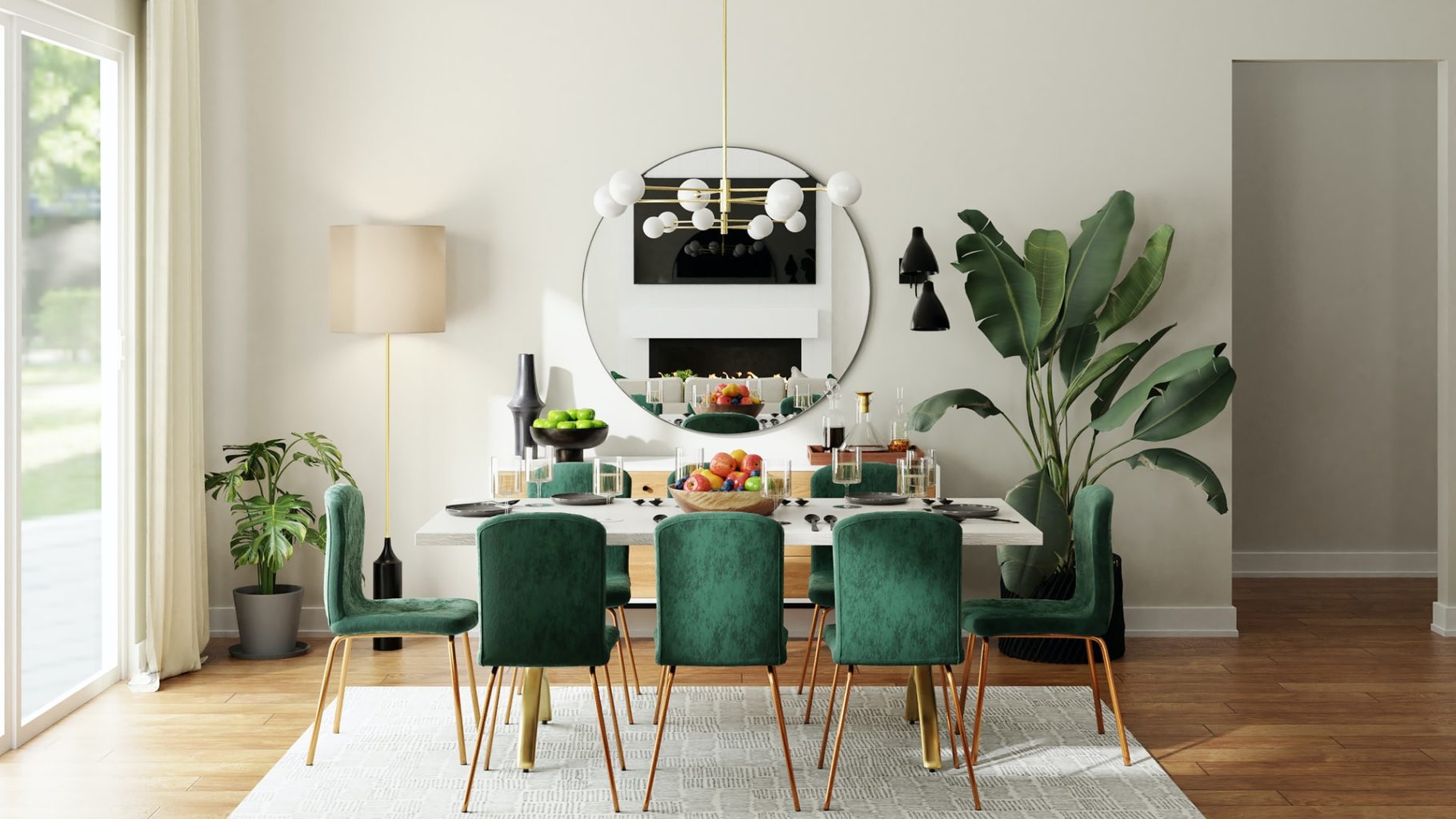
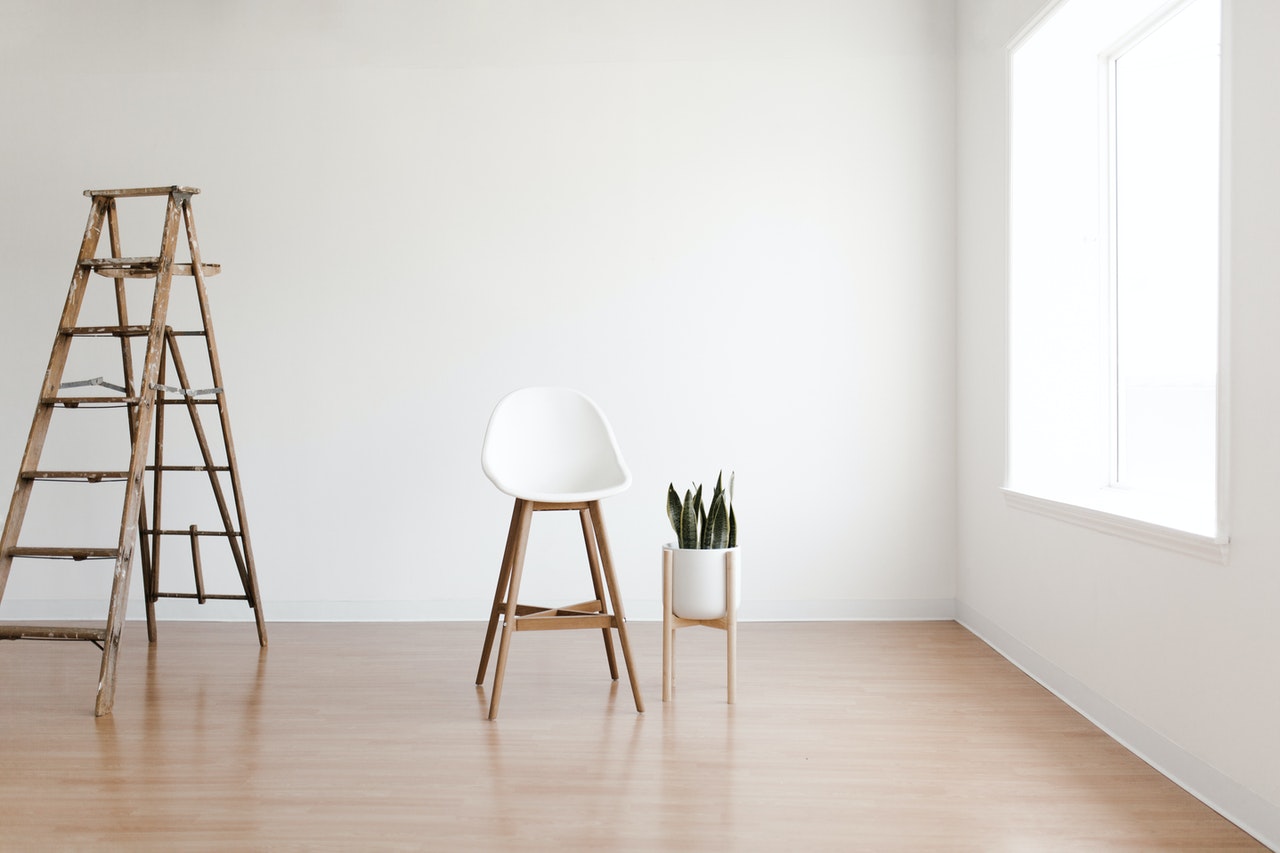
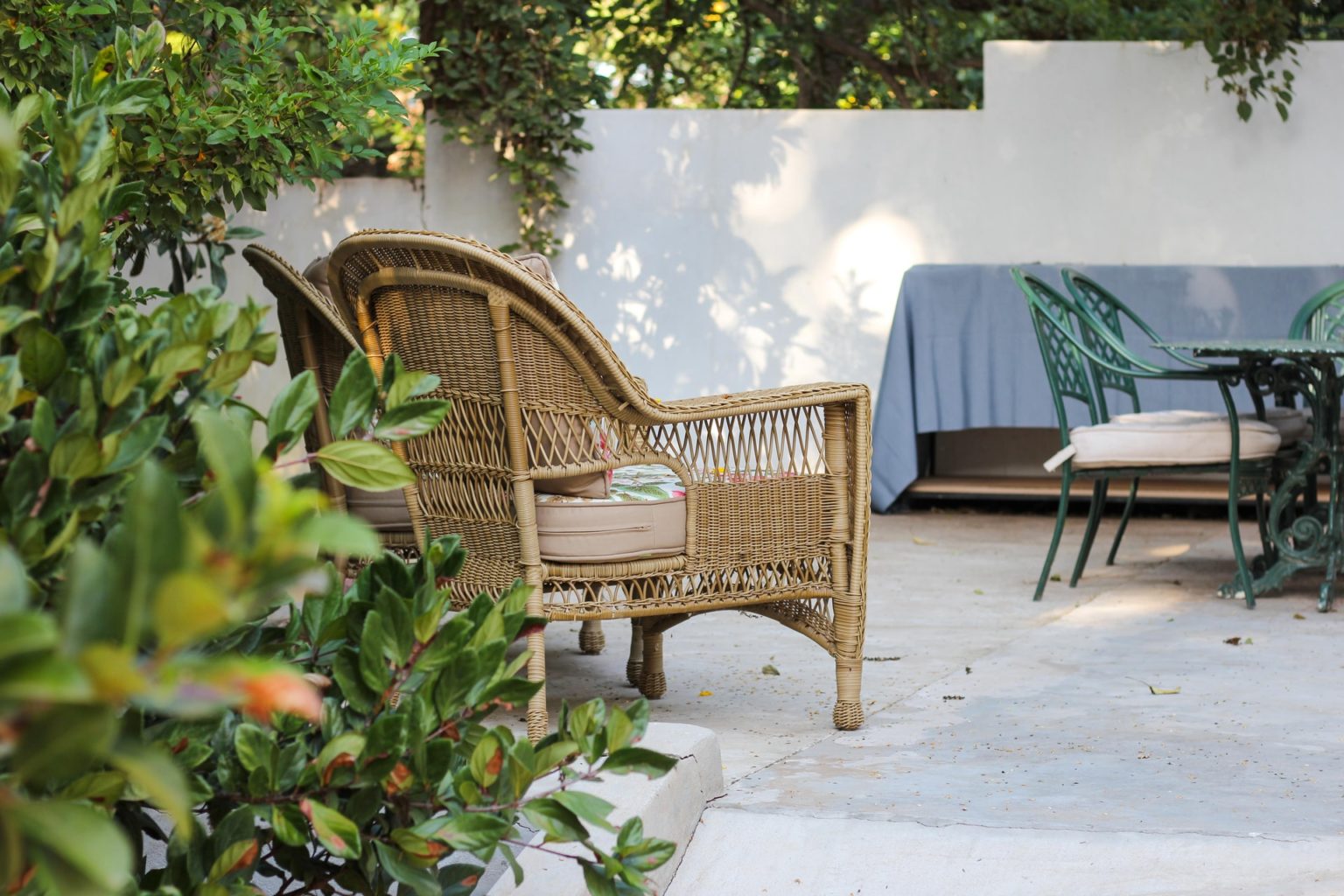
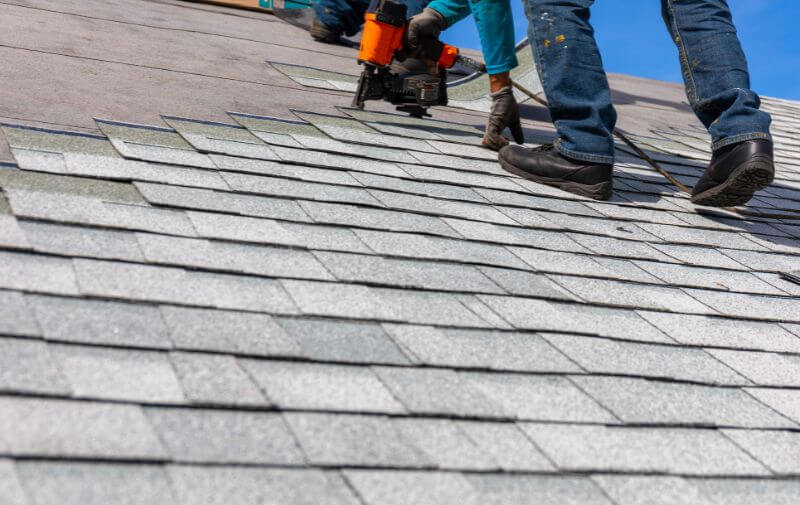
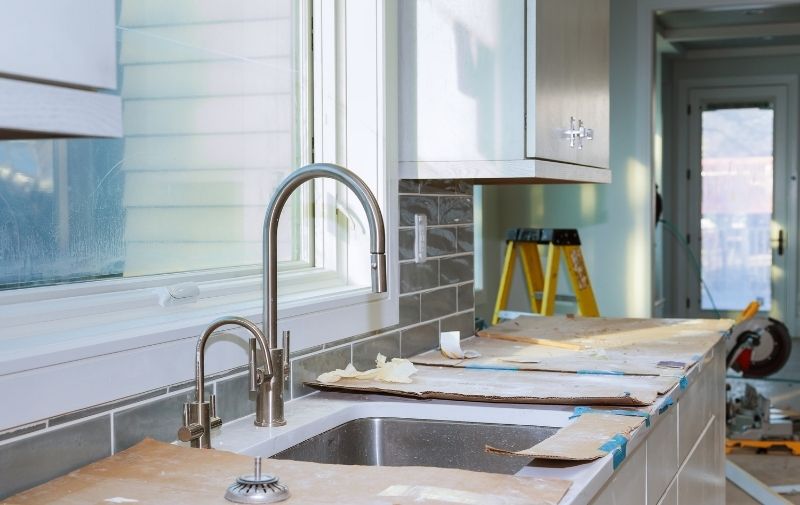

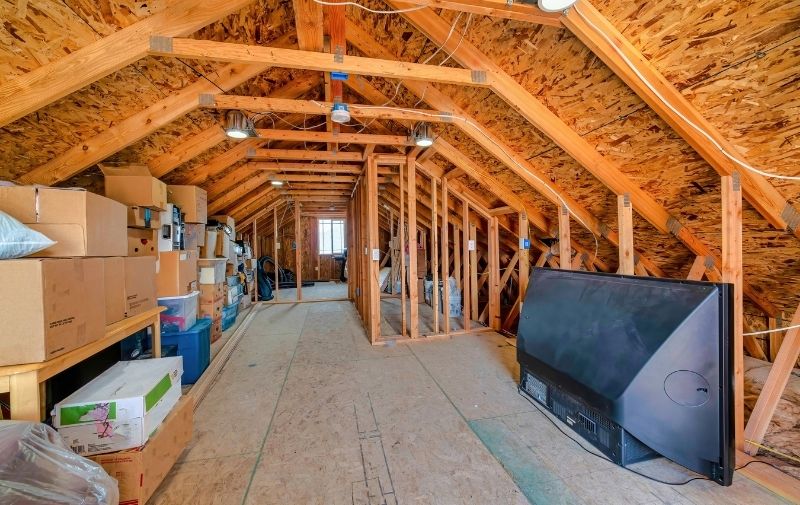
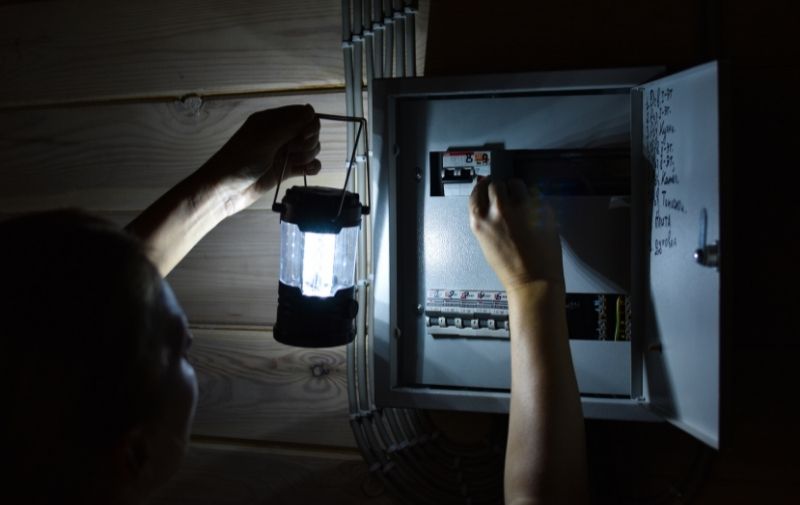
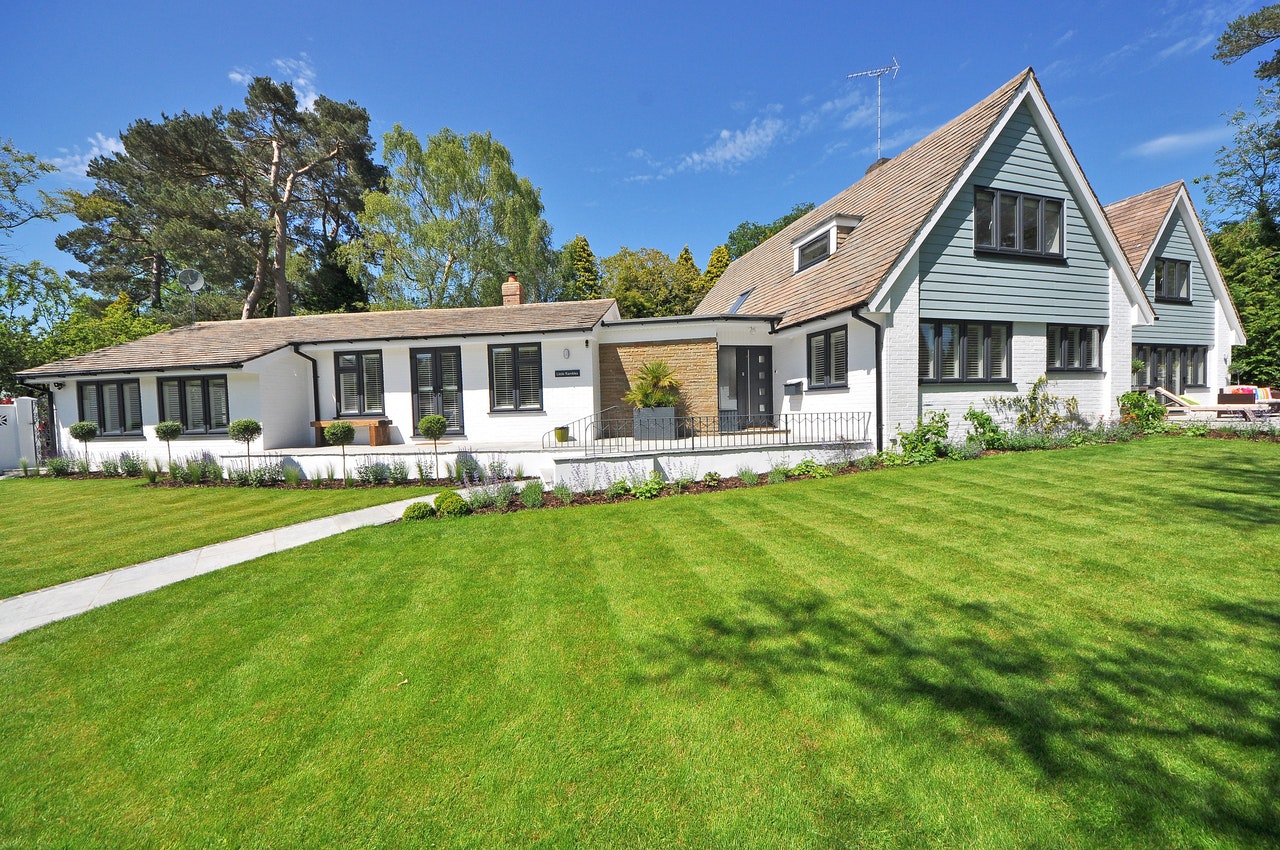


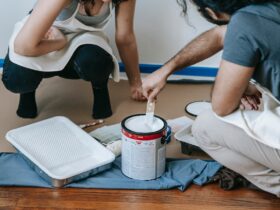

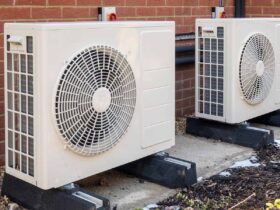
Leave a Reply